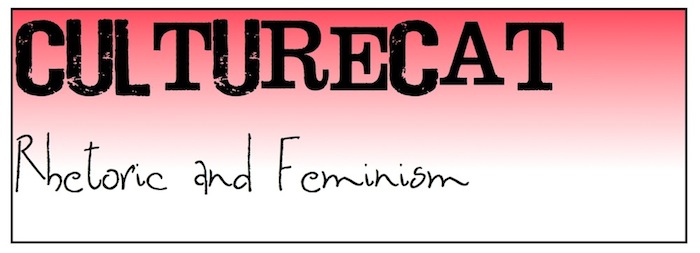I'd love to see a new program available online which would let users enter what they eat. I know FitDay already does this, but it doesn't have the flexibility I would like. I want a food log program that would let me do the following:
- Enter times for when I eat, in addition to letting me enter what I eat -- or better yet, timestamp the entries but let me change the times if I want
- Turn off calorie, fat, protein, and carbohydrate counting if I want -- because sometimes I'm more interested in just logging my foods, not entering all that nutritional information about each food
- Tag each food item I eat (in other words, there would be one entry per day, but within that entry there would be subentries, like to-do lists in Nozbe and Jot. The subentries would be the foods, and you'd be able to tag those)
Right now I'm using my LiveJournal account for food tracking, to see how that works. It's particularly important for me to be able to enter the times I eat, because that helps me to see my overall patterns and sort out the difference between actual hunger and perceived hunger.
For example, yesterday I was pretty much ravenous all day. At about 11:00, I ate some cherry Jello and some yogurt with granola, then about 2:00, I ate some brown rice and vegetables (peas and peppers) with szechuan sauce. I was working on some writing after that, and I became aware of acute hunger. I looked at the clock, and it was 2:40. I thought to myself, there is NO WAY I'm going to eat again, not a mere 40 minutes after I ate a generous portion of vegetables and rice. It helped to see the types of foods, portions, and times I ate so that I could recognize the hunger as a psychological perception and not a true physical need. I'm also interested in seeing if the feelings of hunger pass after a half hour or so. My general guideline is that if I'm still hungry three hours after eating, I eat something else. Otherwise, I'm okay, and there's no good reason to eat more.
Anyway, I think a good web application would probably help a lot of people who are trying to lose (or not gain) weight. Tagging and dating/timestamping would be key, though; it would be useful in all kinds of ways. People who were trying to switch to a vegan diet could tag meals "ovolacto" or "vegan," and people who go off the wagon and have a big slab of cake could tag that "cake" or "sugar," then track those patterns over time to see when they're the most vulnerable to cravings.







